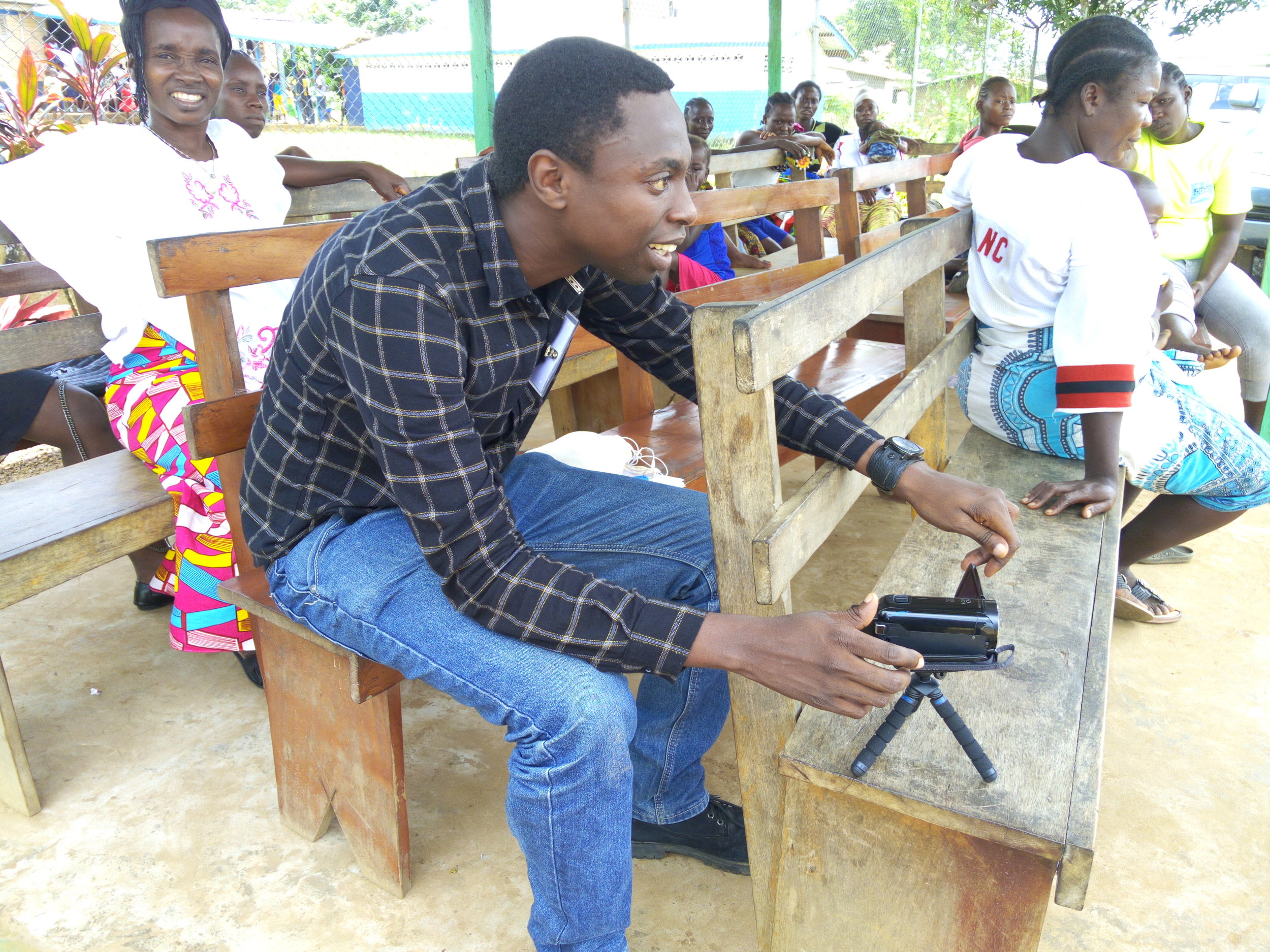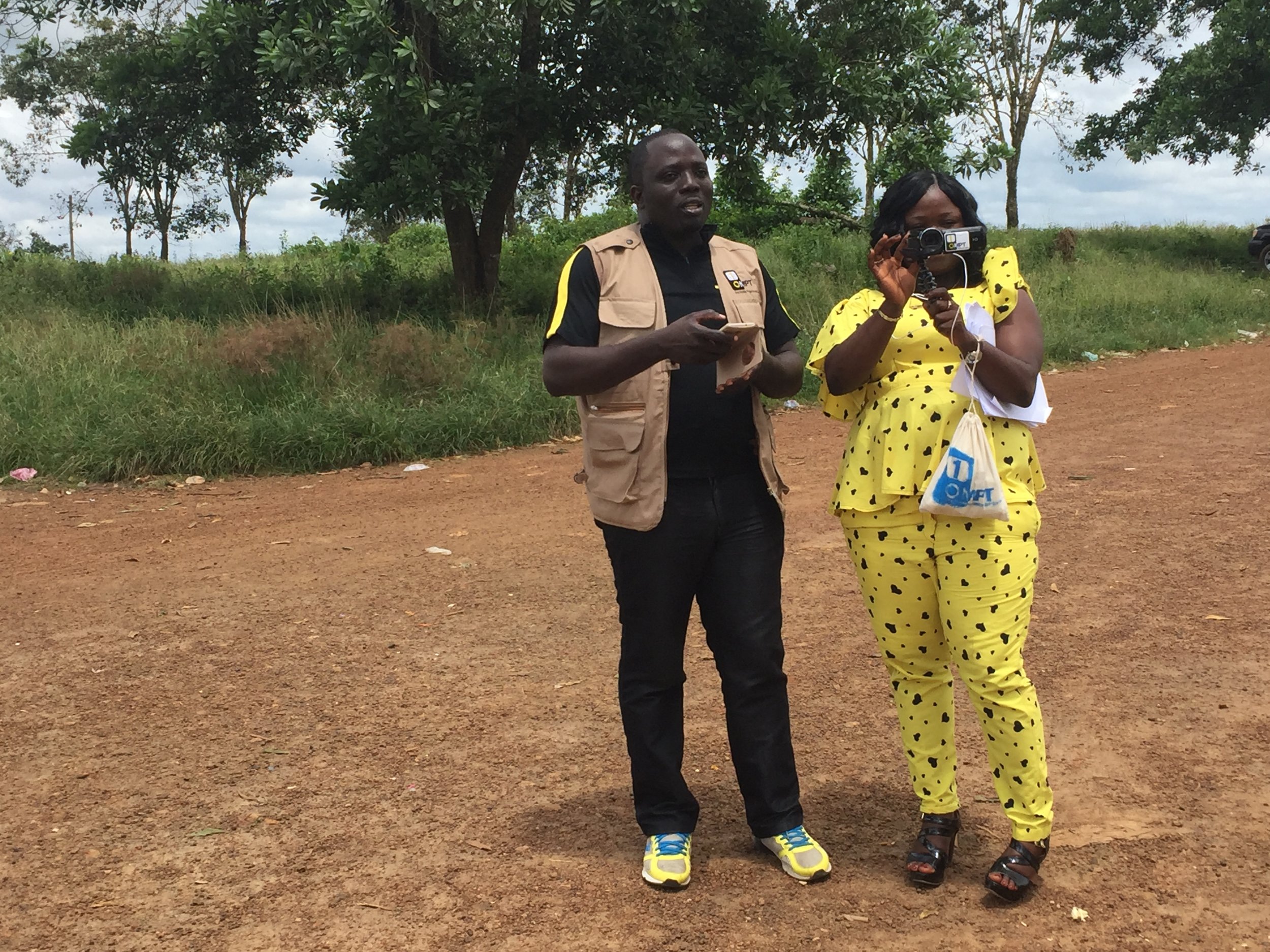It's Only March, and This Is Why You've Already Quit Flossing
Anyone who has ever made a New Year’s resolution knows that change is hard. Think of a behavior in your life you want to change; for example, let’s say you want to floss everyday. It sounds simple right? And at first it is. Making a positive change feels exhilarating—at night you actually get excited to floss. A week passes by, you’ve flossed everyday. This is so easy! You can’t wait for your next dental appointment for the moment when the dentist looks at your teeth and says, “Wow, I can really tell you’ve been flossing!” A month passes by and you skip a few nights. It’s ok, it’s still part of your normal routine, and most of the time you still remember, what’s a few skipped days matter? Another month passes, and you can’t even really remember why you wanted to start flossing in the first place. Is it really necessary to floss everyday? Shouldn’t once a week be enough? Before you know it you’ve all but ditched your flossing resolution and settled back into your comfortable, no-floss lifestyle.
World Health Organization (WHO) participants in Liberia filming videos on improved health practices.
Now imagine there are cultural norms and societal influences you have to overcome just to be able to floss. For example, in your community it’s not culturally acceptable for women to floss. Or flossing isn’t viewed as an important part of dental hygiene. Nobody in your family has ever even heard of “floss” and they look at you funny when you start pulling a thin string in between all of your teeth. And even if you wanted to start flossing, where would you get the floss anyway? No matter how strong your personal motivation is to make a change, due to the influences of your environment and community, you probably won’t stick with your new habit.
This is the intersection of behavior change and social change. In the simplest terms, behavior change is exactly what it implies; the changing of one’s behavior to adopt a healthier behavior pattern. This practice can be applied to any area of life including health, relationships, finance etc. While behavior change is focused on strategic approaches to change the behavior of an individual, social change focuses on the whole community as a unit of change. Social change takes into account the cultural norms and societal practices that can hinder change from occurring. Behavioral change and social change are complementary techniques that we use to tackle the cultural and social hurdles of positive change.
Social Cognitive Theory suggests that people are driven not only by inner forces, but by external factors as well. This means that behavior change is not simply a singular line from Point A to Point B, but a complex relationship between behavioral factors, personal factors and environmental factors. What it boils down to is that we learn from the behavior of others. We are a product of our environment, and our capacity to change has a great deal to do with our sense of self-efficacy - our belief in ourselves that we have the ability to change. In this aspect, humans are pretty simple. What we see, we do. (Source).
This is why video is such a powerful and engaging tool for behavior change. It offers viewers a visual behavior to replicate and shows the positive benefits that adopting this new behavior will bring. It is more engaging than a lecture and more intentional than a bar graph. It provides a visual of the desired behavior change, and engages the community (or community segments) as a whole, rather than targeting specific individuals. Videos created by partner organizations at our Video Education Workshops address issues of cultural sensitivity and offer communities a localized approach that empower them to try new behaviors and overcome certain ways of thinking that inhibit change. It’s a theory of behavior change that we really believe in and we’ve seen it work being put into practice.
Let’s take a look at an example of how video helped effect behavior change in Liberia. The Ebola outbreak of 2014 created a demand for improved health communication practices and led the World Health Organization to rethink their approach to public health communication. WHO and illuminAid teamed up to influence public opinion on health practices, including safe birthing practices and the importance of immunization. Using interviews with local healthcare professionals and testimonials from mothers, WHO created videos that work to influence behavior change in standard health practices. On the surface level, these videos offer viewers a direct example of the target behavior and the positive outcomes one can gain from adopting it. On an even deeper level, the content of these videos is working to undo the traditional ways of thinking that prohibit positive change, such as a woman choosing to give birth in a hospital rather than at home.
The power to change comes from the community, the rethinking of social norms and practices and the medium of the message being delivered. It’s a domino effect: at illuminAid we use video to encourage positive community practices, which then help influence individual behaviors that positively influence lives.




